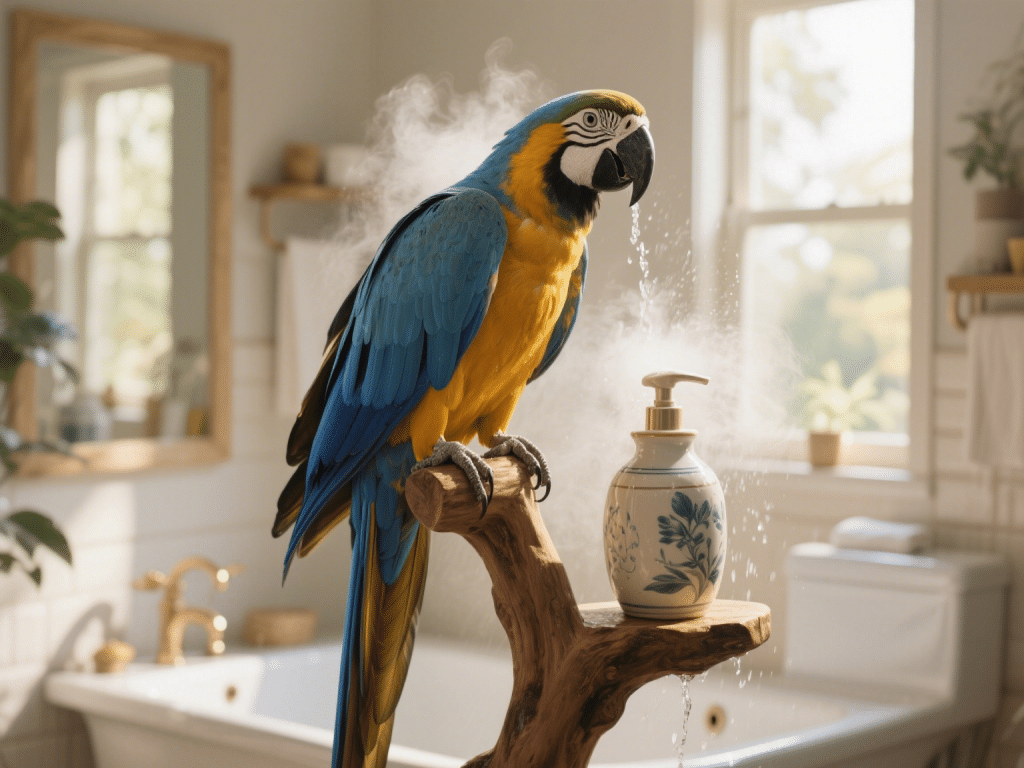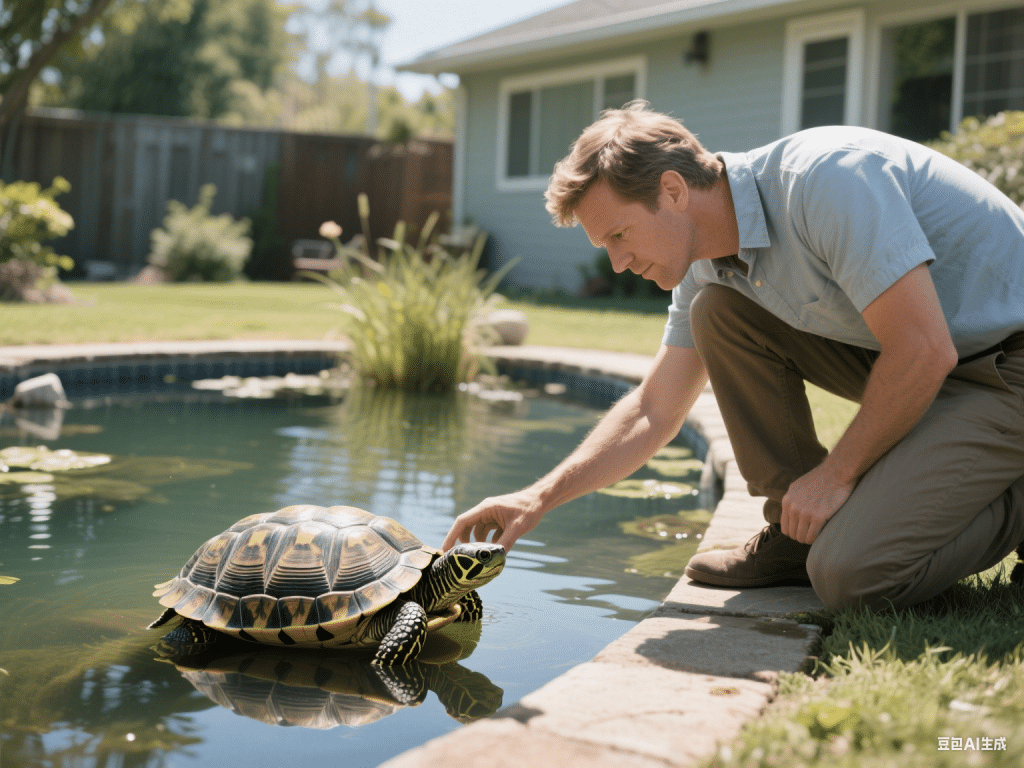Introduction
Welcoming a kitten into your home is a joyful experience, but it also carries responsibilities. This guide will walk you through every aspect of kitten care—from optimal feeding practices and essential health protocols to enriching playtime and safe socialization. Whether you’re a first-time cat owner or seeking to refine your knowledge, this professional guide is designed to help you raise a happy, healthy kitten that thrives.
1. Nutrition & Feeding
1.1 Nutritional Needs of Growing Kittens
Kittens require a diet specially formulated to support rapid growth and development. High-quality kitten food should contain:
Protein: At least 30% of calories should come from animal-based proteins, supporting muscle and tissue development.
Fats: Essential fatty acids (including Omega-3 and Omega-6) fuel energy reserves and aid nutrient absorption.
Vitamins & Minerals: Calcium and phosphorus for bone growth, plus vitamins A, D, E, and K for overall health.
1.2 Feeding Schedule by Age
0–4 Weeks (Neonatal Stage):
Feeding Method: Bottle feeding with a veterinary-formulated kitten milk replacer.
Frequency: Every 2–3 hours, including overnight.
Quantity: Approximately 15–20 ml per feeding, based on body weight and manufacturer guidelines.
4–8 Weeks (Weaning Stage):
Transition: Introduce a gruel of wet kitten food mixed with milk replacer.
Frequency: 4–5 small meals per day, gradually reducing bottle feeds.
Goal by 8 Weeks: Fully transition to kitten-formulated wet or dry food.
8+ Weeks (Young Kitten):
Feeding Method: Offer wet or dry kitten kibble in measured portions, ideally AAFCO-certified for growth.
Frequency: 3–4 meals daily until 6 months of age; thereafter, reduce to 2 meals daily.
Portion Control: Follow feeding guidelines on the food label, adjusting for activity level and body condition.
1.3 Tips for a Successful Feeding Routine
Always provide fresh water in a clean, shallow bowl, changed daily.
Create a quiet feeding area, away from litter boxes and heavy household traffic.
Monitor body weight weekly; healthy kittens gain approximately 0.5–0.75 ounces per day.
Avoid free-feeding to prevent overeating and to establish a consistent routine.
2. Essential Health Care
2.1 Vaccination Protocol
Core Vaccines (Begin at 6–8 Weeks):
FVRCP (Feline Viral Rhinotracheitis, Calicivirus, Panleukopenia) first at 6–8 weeks, booster every 3–4 weeks until 16 weeks.
Rabies vaccine at 12–16 weeks, per local regulations.
Common Schedule Example:
6–8 Weeks: FVRCP #1
10–12 Weeks: FVRCP #2
14–16 Weeks: FVRCP #3 & Rabies
1 Year: Booster of both FVRCP and Rabies
External Parasite Control: Begin flea and tick preventives as directed by your veterinarian by 8 weeks of age. Implement a monthly all-in-one preventer (flea/tick/intestinal parasite).
2.2 Deworming & Parasite Prevention
Kittens are often born with roundworms or hookworms transmitted via their mother’s milk.
Deworming Schedule:
2, 4, 6, 8 Weeks of Age: Pyrantel pamoate or other recommended dewormer.
Repeat at 12 Weeks: Broad-spectrum dewormer covering tapeworms if necessary.
Monthly Preventive: Consider a heartworm and GI parasite monthly tablet or topical, as advised.
fecal Testing: At least once around 8–12 weeks to confirm parasite clearance.
2.3 Spaying/Neutering
Ideal Age: Between 4–6 months.
Benefits: Prevents unwanted litters, reduces aggressive behaviors, decreases risk of reproductive cancers, and helps with urine marking issues.
Discuss pre-surgical blood work and pain-management protocols with your veterinarian.
3. Socialization & Behavior
3.1 Early Socialization
Critical Window: 2–9 weeks of age; expose your kitten to a variety of positive experiences.
Introduce gentle handling by different people to build trust.
Allow supervised exploration of new rooms, textures, and everyday noises (e.g., vacuum cleaner at low volume).
3.2 Litter Training
Litter Box Setup:
Use a shallow-sided box for ease of access.
Place non-clumping, unscented litter initially to avoid respiratory irritation.
Keep the box in a quiet, accessible location, away from feeding and water areas.
Training Steps:
Gently place kitten in the box after meals and naps.
If you notice signs of elimination posture (sniffing, circling), carry them to the box.
Praise immediately after successful use (e.g., soft verbal praise).
3.3 Bonding & Enrichment
Interactive Play: Schedule short interactive sessions (5–10 minutes) multiple times daily using toys such as feather wands, small balls, or laser pointers to simulate hunting.
Scratching Posts: Provide a sturdy, tall scratching post with sisal covering. Encourage use by gently rubbing catnip on the post.
Safe Social Introductions: If you have other pets, introduce in neutral territory with supervised, short sessions. Reward calm interactions with treats and praise.
4. Grooming & Hygiene
4.1 Brushing & Coat Care
Short-Haired Kittens: Brush once weekly with a soft-bristle brush to remove loose guard hairs.
Long-Haired Kittens: Brush 2–3 times per week to prevent matting and reduce shedding.
Bathing: Kittens generally do not require regular baths. Only bathe if they are excessively soiled, using a gently formulated kitten shampoo. Ensure water temperature is lukewarm and dry thoroughly to prevent chilling.
4.2 Nail Trimming
Frequency: Every 2–3 weeks to keep claws at a safe length.
Technique: Gently press the toe to extend the claw, trimming only the transparent tip. Avoid cutting into the pink quick, which causes pain and bleeding.
Tip: Offer a small treat immediately after to create a positive association.
4.3 Ear & Dental Care
Ear Cleaning: Check weekly for debris or wax. Clean with a veterinarian-approved ear solution on a cotton ball—never insert cotton swabs into the canal.
Dental Hygiene: Begin gently rubbing kitten teeth with a finger toothbrush or cloth by 8 weeks of age. Introduce a kitten-specific toothpaste; avoid human formulations. Regular positive reinforcement will help them accept this routine.
5. Playtime & Environment Safety
5.1 Creating a Safe Indoor Environment
Kitten-Proofing Checklist:
Secure loose electrical cords with cord concealers or tape supplies behind furniture.
Remove or secure toxic plants (e.g., lilies, poinsettias) and household chemicals.
Ensure windows and balconies have secure screens to prevent falls.
Store small objects (rubber bands, paper clips) out of reach to avoid choking hazards.
Safe Resting Spots: Provide a cozy bed or cat tree platform in a quiet corner. Kittens require 16–20 hours of sleep per day.
5.2 Toys & Enrichment
Rotating Toys: Cycle through various toys every few days to maintain novelty and mental engagement.
Puzzle Feeders: Encourage foraging behaviors—hide a portion of kibble in a puzzle box or food-dispensing toy to stimulate their mind.
Climbing Structures: Invest in a tall cat tree with multiple platforms. Kittens love vantage points and vertical spaces.
6. Common Health Concerns & When to Seek Veterinary Care
6.1 Signs to Watch For
Loss of Appetite or Lethargy: Could indicate systemic illness or GI upset.
Sneezing, Coughing, or Nasal/ Eye Discharge: Early signs of upper respiratory infection—seek veterinary advice if symptoms persist beyond 48 hours.
Diarrhea or Vomiting: Occasional hairball-related vomit is normal, but continuous diarrhea can lead to dehydration.
Uncoordinated Gait or Tremors: Potential neurological issues; seek emergency veterinary attention.
Excessive Scratching or Hair Loss: May signal flea infestation, allergies, or skin parasites.
6.2 Preventive Dentistry
Annual Dental Exam: Professional cleaning under anesthesia is recommended by your veterinarian by 1 year of age for long-term oral health.
Daily Dental Chews: Offer dental treats designed to reduce plaque buildup.
7. Travel & Transition Tips
7.1 Introducing a Carrier
Leave the carrier open in your home with a soft blanket inside to create a positive association.
Place treats or toys inside, encouraging voluntary exploration.
For car rides, secure the carrier on the back seat to minimize motion sickness and anxiety.
7.2 Pet-Friendly Travel Essentials
Portable Litter Box: Collapsible and easy to clean.
Travel Water Bottle: Leak-proof design ideal for on-the-go hydration.
Comfort Items: A familiar blanket with the kitten’s scent can reduce stress.
Proof of Vaccination Records: Always carry updated vaccination certificates when visiting a boarding facility or traveling across state borders.
Conclusion
Raising a kitten demands time, patience, and knowledge. By meeting their nutritional needs, adhering to a proactive health and vaccination schedule, fostering positive socialization, and providing a safe, stimulating environment, you set the foundation for a thriving feline companion. Remember that each kitten is an individual; observe their behavior, weigh them regularly, and adjust care practices accordingly. With consistency and love, you will nurture a confident, healthy cat who brings joy to your household for years to come.










Comments on " The Ultimate Kitten Care Guide: From Feeding to Playtime" :